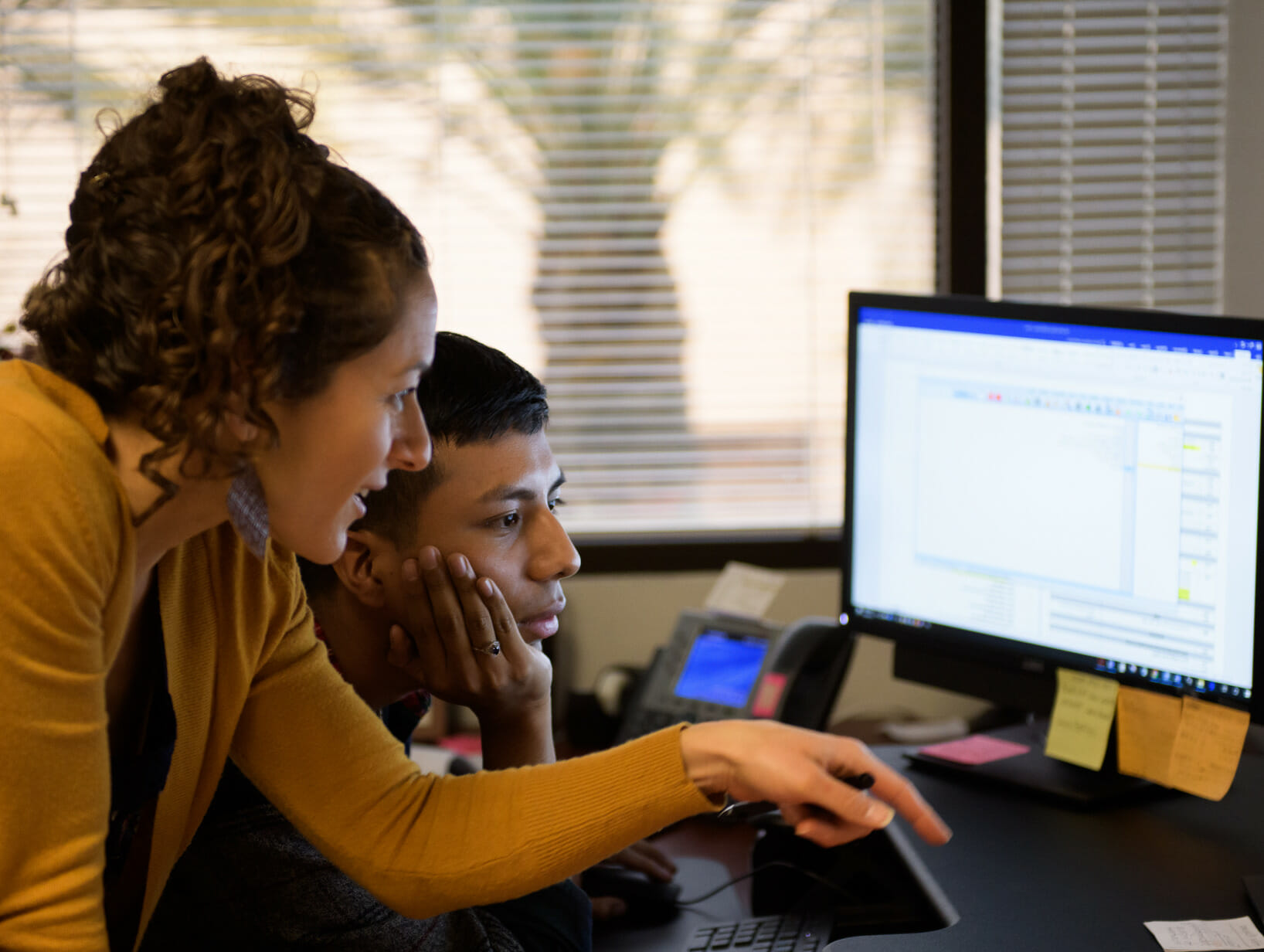
The Mission of the
Learning Engineering Institute
The LEI at ASU is motivated by the need to more effectively facilitate the translation of findings and innovations emerging from learning, educational, and computer sciences. The goal is to realize improved outcomes in real-world contexts, particularly across diverse learner populations. In service of the ASU charter, our goal is to realize improved outcomes in real-world contexts, particularly across diverse learner populations.
Learning Engineering is an emerging, evidence-based discipline that seeks to design effective learning systems by synthesizing insights from learning sciences, computer science, and data science within a framework of human-centered design. Partnerships across communities of research and practice employ tight feedback loops to drive continuous improvements in how learning is supported via technology in online, blended, and in-person settings.
Pervasive challenges to learning research
This field has arisen partly in response to a number of pervasive challenges to learning research, including:
- the complexities of learning and conducting research on learning;
- translating findings into practice and measurable outcomes;
- replication, scale, and generalizability of findings;
- incomplete theoretical models with respect to multidimensional and intersectional approaches.
The need for innovative solutions to improve educational practice is also motivated by the absence of improved outcomes in STEM.
The accelerating landscape of digital education
Examining the impact of educational interventions in classrooms can be slow as research depends on academic timelines (semesters, years). Learning research needs to occur in a more rapid cycle to keep up with the accelerating landscape of digital education.
New insights from learning research must also be integrated into scalable education based technology tools more quickly. The use of AI, and particularly machine learning in combination with inferential statistics, will augment our capacity to test multiple factors and test multiple theories of learning.